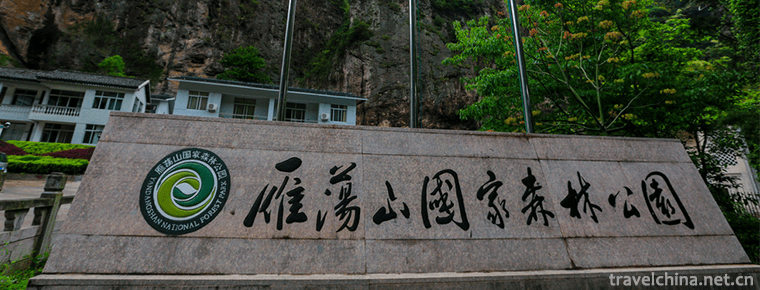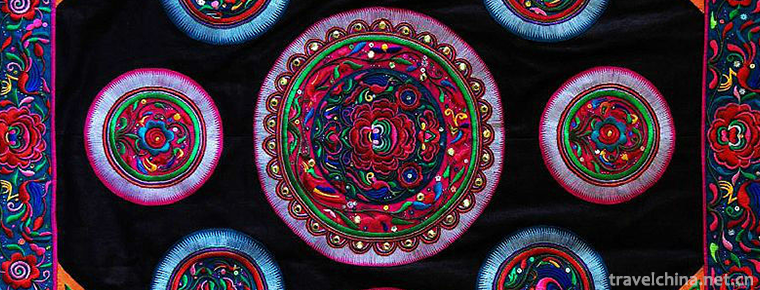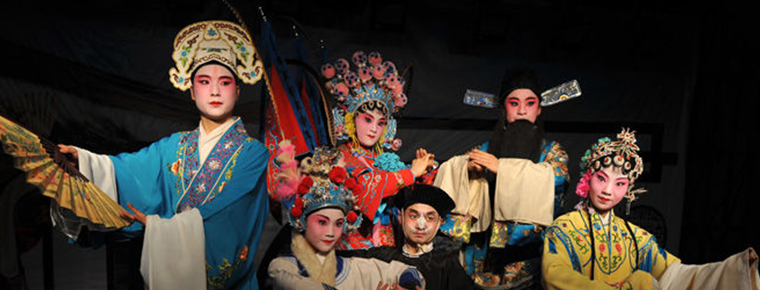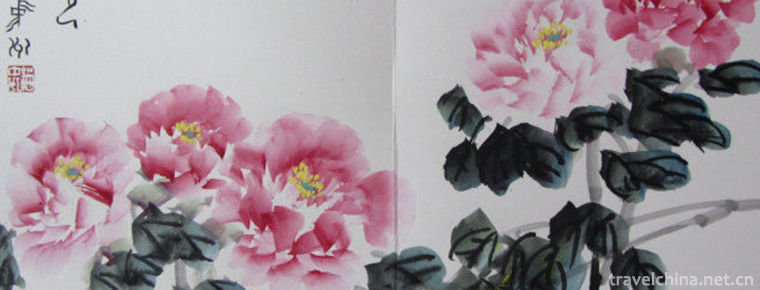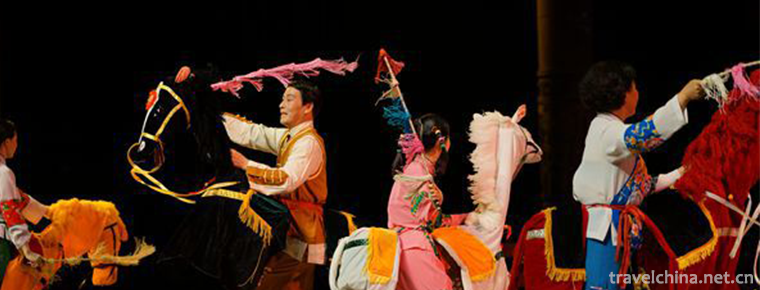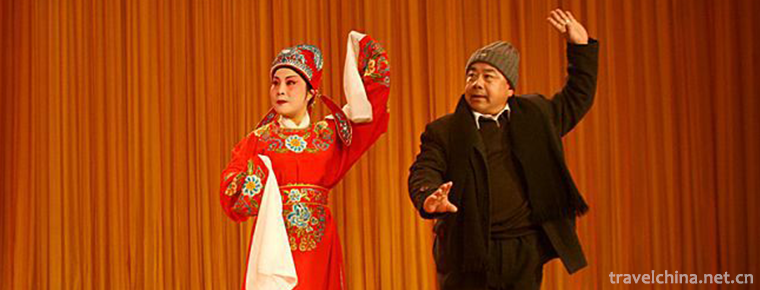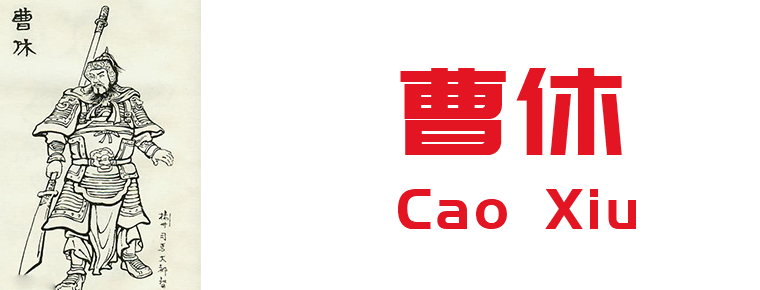Xuan Paper Making Skills
Xuan Paper Making Skills
Xuan Paper Making Skill, the traditional handicraft of Jingxian County, Anhui Province, is one of the national intangible cultural heritage.
The production of Xuan Paper, first through a leather production process and a grass production process, and then through more than 100 processes.
On May 20, 2006, the technology of making Xuan Paper was approved by the State Council of the People's Republic of China and listed in the first batch of national intangible cultural heritage list, project number_-65.
historical origin
The word "Xuan Paper" first appeared in the book Ming Xiji written by Zhang Yanyuan, a scholar of the Tang Dynasty. It contains a record of "a hundred pieces of Xuan Paper should be set up for good deeds, and its usage wax should be used for copying...", which is the most direct article to name Xuan Paper.
By the Song Dynasty, the demand for Xuanzhou paper increased greatly, and the supply of Xuanzhou paper was in short supply. At the end of Song Dynasty and the beginning of Yuan Dynasty, Cao people migrated to Xiaoling, Xixiang, Jingxian County, to make Xuan Paper for a living. Since then, the Cao family in Xiaoling, Jingxian County, has gradually developed into a leader in Xuan Paper Industry, and once monopolized the production and operation of Xuan Paper.
After the establishment of the Yuan Dynasty, the unification of the north and the south, the development of economy and culture, especially the prosperity of painting, made Xuan Paper have a great space for development. Xuan Paper, as a basic tool played by artists, has been attached great importance, greatly stimulated the development of Xuan Paper industry, coupled with the increasingly mature process of making Xuan Paper, which made the production of Xuan Paper grow longer. Progress made.
In the late 18th century, Jingxian Xuan Paper won prizes in international exhibitions and spread to European and American countries. At that time, it caused a sensation. The annual output of Jingxian Xuan Paper even reached nearly 1,000 tons.
After the founding of New China, the government actively supported the development of Xuan Paper Industry. After visiting Xuan Paper Family, Dongwuxi, an ancient paper shed Jing County, was selected to establish the first Xuan Paper Manufacturer after the founding of New China, which made Xuan Paper Industry recover and develop unprecedentedly.
Technological characteristics
type
There are many kinds of Xuan paper, which can be divided into cotton, bark and extra-pure according to material ratio. There are dozens of varieties and specifications. There are also many kinds of processing paper (ripe Xuan) and Xuan paper products such as pamphlets and fans. The main raw materials of paper making are plant fibers, mainly bamboo and wood. The fibers of wood are flexible, and they are made into paper and absorb ink comparatively. Strong; bamboo fiber is brittle and hard, and the paper made has weak ink absorption, so it can be divided into two categories: weak ink absorption paper and strong ink absorption paper. Weak ink absorption paper is mostly made of bamboo fiber. The paper surface is smooth, ink floats on the surface and is not easy to spread, so the color is bright. It is mainly paper, such as Chengxintang paper, clay gold paper, etc. Strong ink-absorbing paper is mostly made of wood fibers. It has strong ink absorption, astringent surface and easy to spread when ink drops off. It is often pulped or waxed in writing, which is less brilliant and implicit than paper on paper.
texture
Xuan paper is pure white and fine in texture, clear in texture, soft and tough, non-destructive, light and non-slippery, absorbent and moistening ink, suitable for painting and calligraphy, anti-corrosion and moth-proof, so it has the reputation of "the millennium of paper life" and "the king of paper". Painting with Xuan Paper inscriptions, the ink rhyme is clear, the level is distinct, the spirit is both imbued, giving people a sense of leap on the paper, the spirit is flying.
Technological process
In the production of Xuan Paper, deciduous trees of Yuke family, sandalwood bark and selected rice straw in sandy fields were used as raw materials, and then they were made into leather pulp and straw pulp respectively, and then mixed in different proportions, adding paper medicines made from kiwifruit rattan juice to make different kinds of Xuan Paper. There are more than one hundred processes in the whole production process. To master this complex set of skills, we need not only the inheritance between teachers and apprentices, but also the long-term practice and understanding of the producers themselves.
Before making rice paper, it must go through a process of making leather and a process of making grass. Leather production mainly refers to the processing of sandalwood fibers and other paper-making raw materials, which also contains more than 30 tedious small processes, such as peeling, stepping, spreading into prairie skin, whip rinsing, bleaching into sandalwood fibers and so on. The production process of straw is mainly to process straw fibers such as rice straw, which includes about 20 small processes, such as grass selection, cutting, tamping, repeated cooking and sunshine, until the final bleaching of straw fibers.
After these two processes are completed, we can mix sandalwood fibre material and straw fibre material in a certain proportion for making rice paper. Different types of paper are needed, and the proportion of paper is also different. The prepared material needs to be screened, beaten, washed and so on, and finally a mixed pulp is made. This kind of mixed pulp was mixed with moderate water, and then added with kiwifruit vine juice glue, and then through paper fishing, pressing and baking, the whole process, the quality of paper and the effect of ink has been basically determined, and it has become the base paper of rice paper. But as a commodity, rice paper is not enough. The standard requirement for processing rice paper is also very high. It not only requires paper to be soft, soft, smooth, with faint bamboo curtain pattern, but also makes the cutting edge clean and tidy. There are no defects such as wrinkles, holes, sand grains and attachments on the paper surface. Therefore, it is necessary to distinguish and select the paper that has been formed one by one, and then cut off the edges of the selected paper, plus printing, alum passing, polishing, packaging, etc., in order to become world-renowned rice paper.
Inheritance and Protection
Inheritance value
Xuan Paper has been handed down for a long time in the hands of generations of producers. In people's exploration and practice, its skills are improving day by day. For this kind of precious traditional paper, most of the manual production procedures can not be replaced by machine production, which carries the precious cultural value and historical accumulation will also be handed down by generations of producers and users.
Current situation of inheritance
The raw materials of XuanPao production, such as Green Sandalwood peel, long-stalked rice collection, poor economic benefits of planting, and serious crisis of raw materials; at the same time, due to the bad business practices of some manufacturers, fake and inferior products have damaged the reputation of XuanPao and the market is nearly chaotic; the inheritance of XuanPao production technology is worrying.
Heritage figures
Xing Chunrong, male, Han nationality, born in March 1954 in Jingxian County, Anhui Province. In June 2007, Xing Chunrong was selected as the representative successor of the first batch of national intangible cultural heritage projects and declared in Jingxian County, Anhui Province.
Cao Guanghua, male, Han nationality. December 28, 2017, was selected as the fifth batch of national intangible cultural heritage representative project representative successors recommended list.
protective measures
In 1951, under the leadership of the people's government of Jingxian County, a joint venture Office of Xuan Paper in Jingxian County was established. For the purpose of private shareholding, four factories were set up to produce Xuan Paper, headquartered in Jingxian County Town. When choosing a trademark, the workers of Xuan Paper proposed to use a "Red Star" as a trademark to represent the new generation of Yipu Paper Workers and the prosperity of Xuan Paper Industry.
In May 2006, Xuan paper making skills were listed in the first batch of national intangible cultural heritage list of traditional skills, project number_-65.
social influence
Domestic impact
Since the Tang Dynasty, Xuan Paper has been a hobby of the Chinese people. Its production reached its peak in the Qing Dynasty. Wang Liuji, Wang Tonghe and other brands appeared. They have won many awards both at home and abroad. All dynasties listed Jingxian Xuan Paper as a tribute.
Foreign influence
Xuan Paper sells well in Japan, Southeast Asia, Europe and America. Red Star Brand Xuan Paper made by Xuan Paper Group Company is a well-known trademark in China. Its origin is protected by the technical supervision department and exported to Japan and other countries.
Honorary recognition
In 1886, Xuan Paper was awarded the Gold Medal of Panama Universal Exposition.

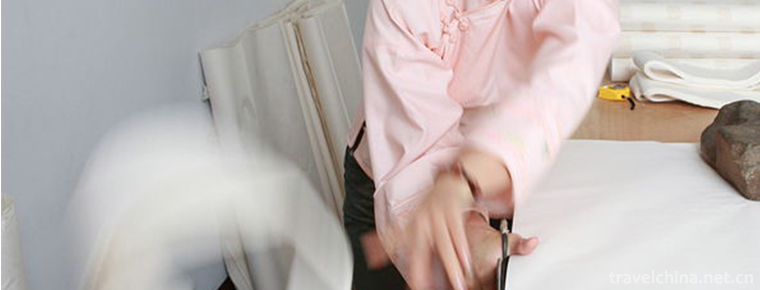
-
Dalian Laohutan Ocean Park
Dalian Laohutan Ocean Park is located in the middle of the southern coast of Dalian, a national scenic spot. It covers an area of 1.18 million square meters .
Views: 253 Time 2018-12-02 -
Yandang Mountain Scenic Spot
Yandang Mountain, the first batch of national key scenic spots, has the titles of "Sanitary Mountain, Safe Mountain, Civilized Mountain", National Civilized Scenic Spot, National AAAAA Touri.
Views: 190 Time 2018-12-07 -
Niangziguan Scenic Area
Niangziguan is a famous pass of the Great Wall of China, known as the Ninth Pass of the Great Wall of China, and it is a must for military strategists of all dynasties..
Views: 223 Time 2019-02-07 -
Dong embroidery
Dong embroidery is an important branch of Chinese minority embroidery, which uses a needle to puncture and attaches various colored silk or cotton threads to the surface of the fabric to form various .
Views: 116 Time 2019-04-27 -
Jinghe Opera
Jinghe Opera, a local traditional drama in Lixian County, Hunan Province, is one of the national intangible cultural heritage..
Views: 186 Time 2019-05-08 -
Luoyang Peony Festival
The Chinese Luoyang Peony Culture Festival, formerly known as the Luoyang Peony Flower Festival, has been selected into the national intangible cultural heritage list since 1983. In November 2010, it .
Views: 107 Time 2019-05-15 -
Mulian Opera
Mulian Opera is an ancient opera with religious story "Mulian Save Mother" as its theme, which is preserved in folk activities. It is the first opera that can be tested at present. It is kno.
Views: 82 Time 2019-06-06 -
Tiger dance shua laohu
Tiger dance, also known as "playing tiger" ("playing" Jiaozuo dialect refers to "playing" and "performing"), is said to have appeared in the Western Han Dynasty.
Views: 204 Time 2019-06-15 -
Yihuang Opera
Yihuang Opera, formerly known as Yihuang Ban and Yihuang Diao, is one of the national intangible cultural heritage in Yihuang, Nancheng, Nanfeng and Guangchang counties of Jiangxi Province, as well as.
Views: 333 Time 2019-07-12 -
Jumping vegetables of the Yi nationality
The dance accompaniment of the Yi nationality is "Dance dishes", which means serving dishes by dancing. It is a unique form of serving and the highest etiquette of banquet for Yi people in W.
Views: 148 Time 2019-07-12 -
Cao Xiu
Cao Xiu(? - 228 years). Pei country Qiao (now Anhui Bozhou People. Three countries the Wei state of the Three-Kingdoms Period General, Cao Cao Clan..
Views: 228 Time 2019-09-15 -
Deyang first industry
In 2018, the sown area of crops in Deyang City was 477000 hectares, 533 hectares less than the previous year, a decrease of 0.1%. Among them, the sown area of grain crops was 311000 ha, decreased by 1525 ha, decreased by 0.5%; the sown area of oil .
Views: 125 Time 2020-12-14

